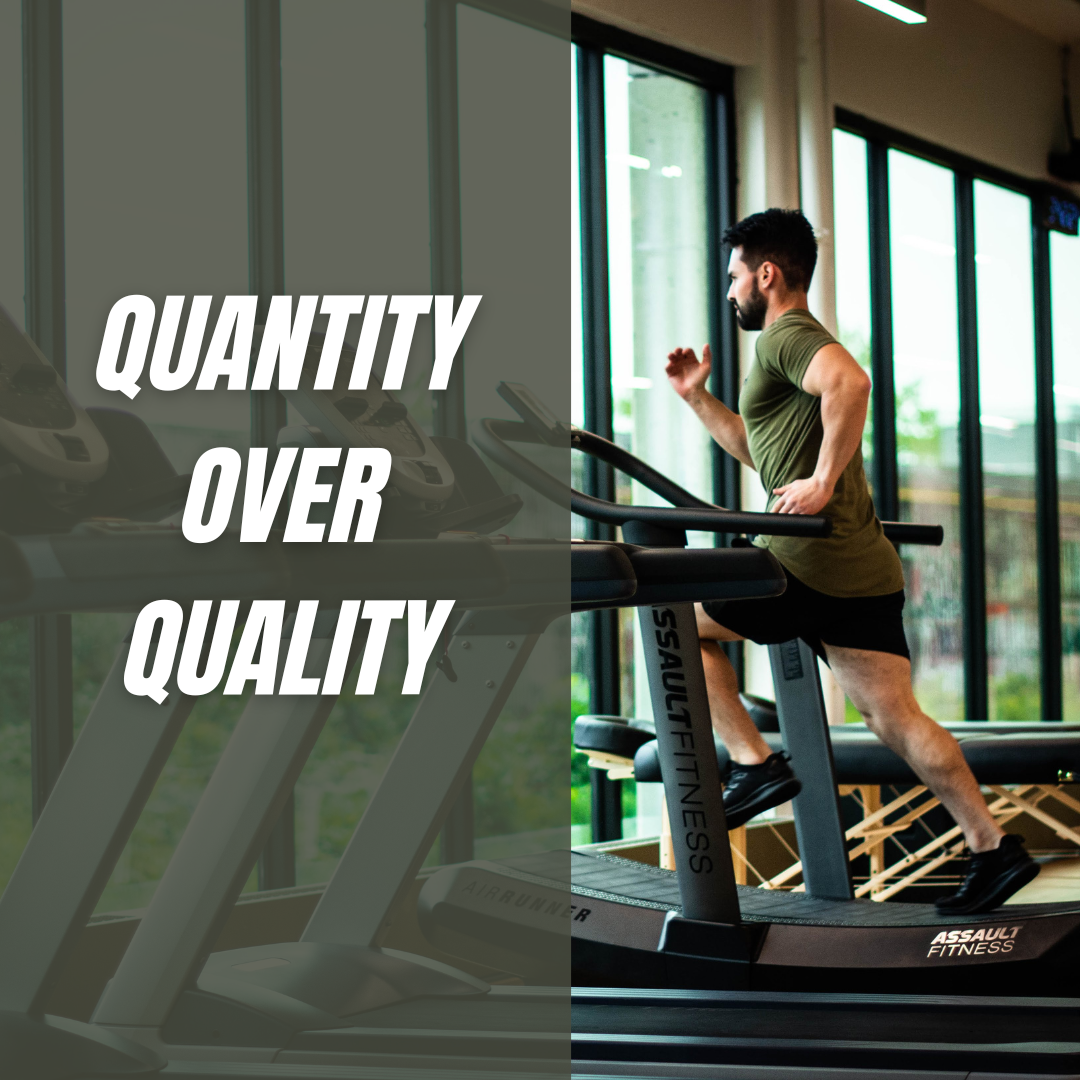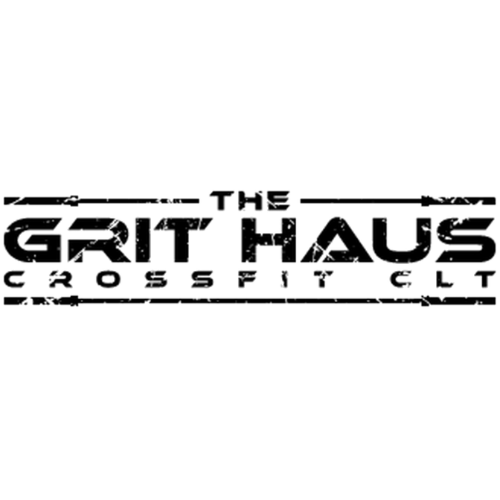Nutrition Made Simple
Simplifying nutrition
When it comes to nutrition, one of the biggest barriers isn't what to eat -- but cutting through the noise of social media. Every day, influencers promote complex fad diets, "superfoods", and expensive supplements, making nutrition seem overwhelming and complicated. In reality, it doesn't have to be this way. We will dive into why simple, effective nutrition gets overlooked and how a few simple concepts can help you make nutrition simple and effective.
When looking to change your physique, your performance, or your overall health, nutrition is going to play a large role. BUT many people (influencers, supplement companies, etc) will try to take advantage of you by promising you quick fixes, magic tricks, biohacks, and other such buffoonery especially on social media. If you are looking to make a change to your physique, please understand that it takes TIME and commitment with your nutrition. One major tactic, companies and influencers use is fear-based messaging. Often these "experts" will inform and claim that certain foods or products are harmful or even toxic. This not only raises stress around eating, but also encourages people to buy alternative products as a "safer" option. Instead of being based in science, these claims often stem from pseudoscience or cherry-picked data.
There is no magic program. There are no magic foods. There is no magic macronutrient ratio. PERIOD. Commit yourself to the process, fall in LOVE with the process, and in time the outcome will be yours. But make no mistake, this is going to take time.
There are a few concepts that hold true:
CONCEPT 1: Consistency and Adherence
Tricks and fads like juice fasts, quick fat loss schemes, gimmick programs, and magic diet hacks don’t work. Why do you ask? Because they are close to impossible to sustain and make part of your lifestyle. Or at least a lifestyle that you can enjoy yourself. That is why most people that have lost weight through one of these fads, have gained the weight back. Because it was not sustainable and they were unable to make it a long lasting lifestyle.
Whatever strategy you pick for nutrition, make sure that it’s something that you can see yourself doing for YEARS. Consistency and adherence to the diet plan is by far the biggest determining factor in how effective a diet strategy is, far more important than your strategy of low carb, low fat, high protein, etc. You want to try a keto diet, great, just be ok with not having barely any carbs for a long time. Want to try intermittent fasting, great, just be ok with restricting your feeding windows for a long time.
Your diet plan or nutritional lifestyle is 7 days a week, 365 days a year, PERIOD. Consistency and adherence to the diet everyday and throughout the year is important. You are not going to be successful with adhering to your plan 5 days a week and taking 2 days off of the plan on the weekend.
Choose a plan that you know you will be able to adhere to everyday of the week.
Concept 2: Track your food and know your maintenance calories
No matter if your goal is to lose weight, gain weight, or to make a specific physique change, knowing how many calories, protein, carbs, and fats you are consuming per day is critical to your success. If you want to gain muscle, then you will want to eat more calories than you burn and if you want to lose fat you will want to consume fewer calories than you burn.
Take the guesswork out of it and start tracking and know your baseline.
Total calories are the most important factor of gaining muscle or losing fat. You can eat all the protein you want but if you are still under your maintenance calories, you are not going to gain muscle. How do you know how many calories to consume? Find your maintenance calories. This refers to the calorie level that you maintain your body weight at.
There are alot of equations out there but none are exact. The one that I like to use is the Muller equation which is explained below. Another way to find your maintenance calories is to start tracking your calories each day, weigh yourself in the morning everyday and see what your weight does throughout that time. Meaning if you start gaining weight, you overestimated your maintenance calories. Or if you are not gaining or losing weight, you are at your maintenance calories.
MULLER EQUATION IS
BMR (BASAL METABOLIC RATE) = (13.587 X LBM) + (9.613 X FM) + (198 X SEX) – (3.351 X AGE) + 674
LBM = lean body mass
FM = Fat Mass
Sex = 1 (Male) or 2 (Female)
Age = Years old
You will need to take your body fat to determine your LBM and FM.
LBM = total weight - fat mass.
Fat Mass = total body weight x body fat %.
Now we need to multiply by an activity factor based on your lifestyle.
SEDENTARY: little to no exercise; multiply BMR x 1.2
LIGHT ACTIVE: light exercise 1-3x per week; multiply BMR x 1.375
MODERATE ACTIVE: moderate exercise 3-5x per week; multiply BMR x 1.55
VERY ACTIVE: hard exercises 5-7x per week; multiply BMR x 1.725
For the activity factor, I’d consider the majority of people in the light to moderate activity level. For example, if you are going to a CrossFit class every day, working a desk job and sitting most of the day, your activity level is moderate.
Concept 3: Base your macros off of your protein
Everyone has heard of the importance of protein and for good reasons. High protein diets have been shown to increase lean body mass, improve body composition, recovery, and feeling of satiety.
So how much do you ‘need’? You really only need about 0.8g/kg per day to prevent a deficiency but if you want to optimize body composition and muscle building, something closer to 1.8-2.4g/kg is going to be more optimal. Moreover, high protein diets have been demonstrated to increase lean body mass, improve recovery from exercise, and improve fat loss relative to calorie-matched, lower protein diets.
After finding how much protein you should be eating, distribute the remaining calories on carbs and fats in a way that allows you to adhere to your diet plan. Do not get sucked into a low fat diet or high fat diet, or to which one is better for your health. What matters is that you get an optimal amount of protein and distribute the rest of your calories for your goal in a way that allows you to stay consistent.
Choose protein intake (1.8-2.4g/kg)
Subtract protein calories from total calories (1g of protein = 4 calories)
Distribute remaining calories to carbs and fats as you prefer
Concept 4: Focus on the important stuff
The important stuff is not taking a cold plunge each morning, spending hours in a sauna, taking a special supplement, or never eating sugar again. Many of these concepts are not evidence backed and are really misleading to the general population. What is important is the concepts are stated above and being able to make this a lifestyle for yourself.
Most people are wasting their time focusing on the last 1% of their nutrition and lifestyle instead of what really matters: consistency, adherence, hard work, and sustainability.
-Kevin Steinhaus-
Related blogs




